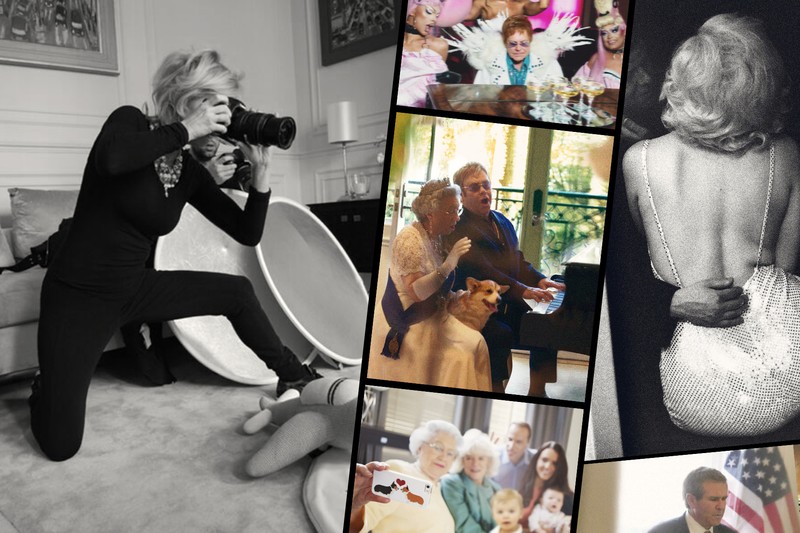
In Conversation With… Alison Jackson
The best thing about my work is it always stays fresh. Celebrities constantly come and go, and the advent of reality stars and fake news makes it a more and more extraordinary phenomenon every day. Ultimately, the notion of celebrity, as it was when the tabloids were dominant in 1990s, has been replaced by social media and, if anything, that’s done more to blur the lines between what’s real and what people think they know. It enables people to think they’re actually friends with these people, when they’ve never even met them. It’s what fuels a lot of the ideas behind my work, and always has.
My upbringing wasn’t one of a typical artist. It was quite conservative really – I grew up with my parents and brother in Hampshire until I was about 12, and then we moved to Gloucestershire where I spent most of my time riding horses. I was also sent to boarding school, which I hated because of the discipline, but I suppose my childhood was quite lavish and indulgent compared to many.
I wouldn’t describe myself as a burgeoningly creative child. My parents gave me a camera when I was nine, which I ended up living behind, but I wasn’t someone who was painting and drawing all the time. I didn’t speak much when I was younger, so I was much more of an observer, always watching things behind the lens. It was a time – and I grew up part of a traditional family – when children were generally seen and not heard.
I only pursued an artistic education much later in life. My childhood education had been expensive and extensive, and I continued to educate myself all through my 20s on night courses and things like that. Back then I did quite a lot of structured work in film and worked on a lot of TV ads. But I only decided to get serious and pursue an art degree in my 30s as a mature student at the Chelsea College of Art in London and, later, at the Royal College of Art. It was a sea-change moment and opened so many doors for me – it was the best platform.
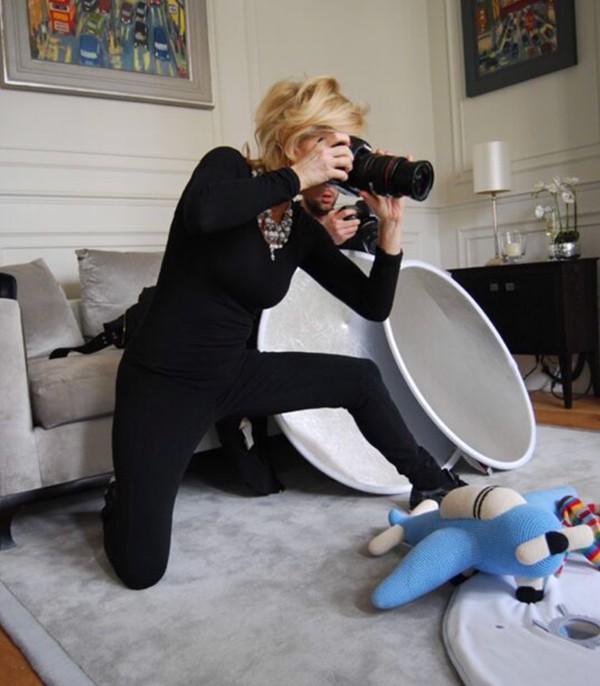
The BBC offered me my first TV series while I was still a student. I was studying for my master’s at the Royal College of Art, and the teachers there really promoted their students and prepared them for the outside world. The series was called Doubletake, and the BBC gave me the chance to direct and write it. It was essentially a comedic sketch show featuring celebrity lookalikes. Back then I couldn’t quite comprehend what an amazing opportunity it was – there really weren’t that many female directors at that time – and it went on to win BAFTAs in the early 2000s. ‘Fake news’ was only just beginning but we’d clearly tapped into the zeitgeist – or at least the idea that what we were all seeing in the media wasn’t actually that real.
I’m fascinated by the degree to which we live our lives through photographs. People often say we live in an ‘image-driven’ society – but all it does is continuously blur the lines so we can’t tell anymore whether what we’re looking at is real or fake. Photos are a shield which stops us engaging with the real thing. That’s why we just keep swiping faster and faster – we’re gripped by trying to work it all out. It’s also interesting to ask who is really controlling us in all of this. Who is the puppet master? And why are we asked to idolise these people we’ve never met but are led to believe are intimate friends? They’re all questions which my work tries to answer.
The idea of using lookalikes really came about at the Royal College of Art. It went without saying that none of these actual celebrities would agree to be photographed and I tried to use other means – like manipulating images that already existed, such as Mario Testino’s photographs of Princess Diana – but ran into copyright issues almost immediately. Using lookalikes became a legal loophole for me. It was all quite controversial and people at the time kept telling me not to do it, but I firmly believe art is all about freedom of expression. Telling me to shut up only ignited my interest further.
The lookalikes are so interesting to work with. They’re these ordinary people who then style themselves to look and act just like celebrities, and it’s so compelling to see how people start swooning over them almost immediately. When we were working with a Donald Trump lookalike in New York, the police ended up having to shut down Fifth Avenue because of the number of democrats and anti-Trump groups who wanted their picture taken with him. I mean, what does that say about our society? It’s crazy – and proves celebrity often outstrips politics.
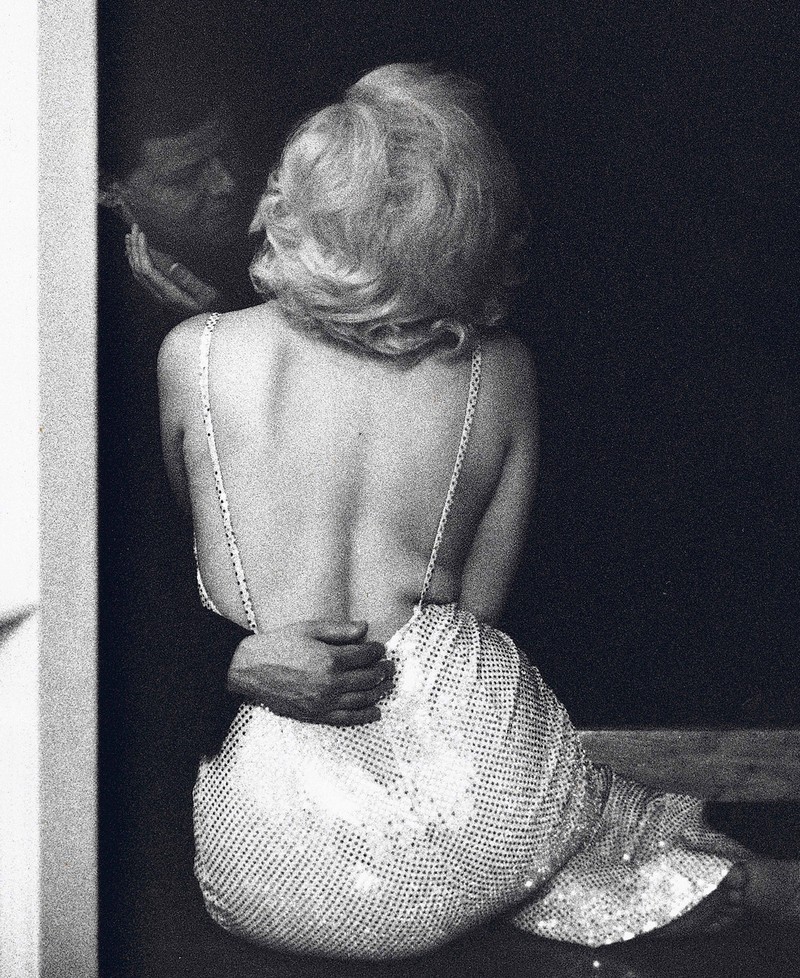
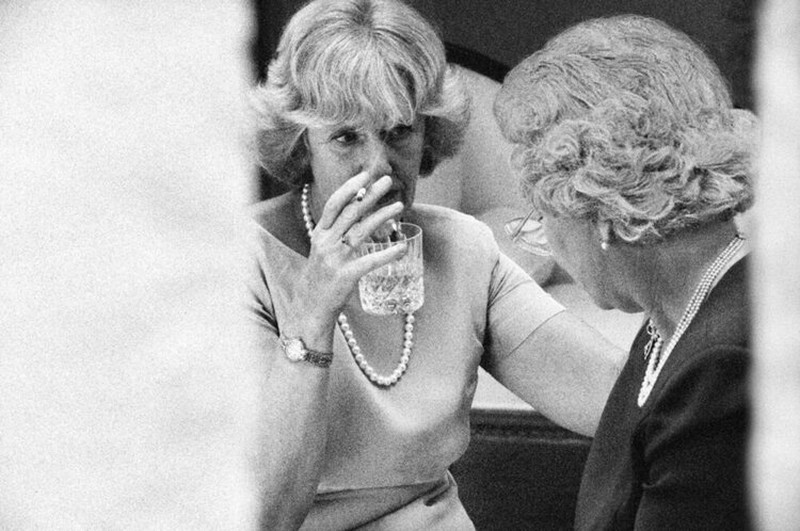
We find the lookalikes through agencies and brilliant casting directors. There are three I work with often who have a brilliant eye. But then I’m always on the lookout too – I often end up running after people on the street saying, “Stop! You look just like…” People’s reactions can vary. Not many are thrilled when they hear they look like Harvey Weinstein, for instance. It took me years to find a Donald Trump and a Boris Johnson, too – probably because they’re so distinctive to look at, and the fact that not many people want to be associated with them.
After the TV series, I went through a period of wanting to show my photographs. I had some big shows in Paris and New York, but my work’s taken me to places I never thought I’d get to go like Sweden, Greece and LA. It’s wonderful because it’s opened my eyes to new cultures and all sorts of art around the world. I have to say, I’ve always felt like a bit of an outsider in the art world – mainly because I don’t sit in any one platform. I’ve done TV, film, photography and sculpture. It’s quite hard to put a label on what I do. As an artist, I can tell you there’s never enough time to fit it all in.
The rise of the internet is something I’ve witnessed over the course of my career. It’s facilitated this switch from newspapers and televised news over to blogs and social media. It’s turned the news into a 24-hour, round-the-clock phenomenon – and ultimately what’s proliferated the spread of fake news or contrived narratives. Of course, that’s something that’s always existed – even if it hasn’t been so blatant as it is now.
Take, for instance, the day Princess Diana died. Back then, people felt very close to her even though they’d never met her, so they were relying on the media to play out these familiar stories and images, even if they were only telling a part-truth. I remember editors at the time saying it was their job “to make the world cry”. I supposed it was one of those global news events which really spurred a lot of my early photographic work.
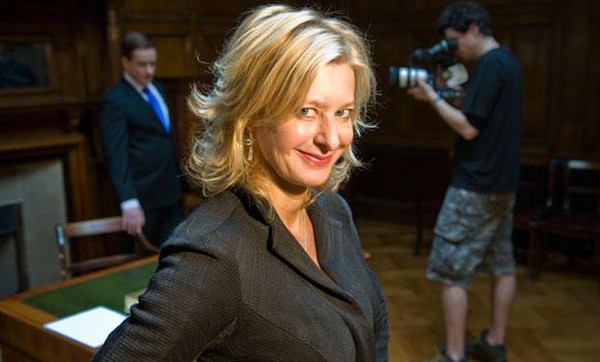
I wanted to understand that gap between real or fake – and whether it matters. After all, what people look at in the mainstream media isn’t always real, but my images are clearly fake. Does it matter to them? Is their experience of seeing this ‘person’ doing something shocking or compromising change when they know it’s a lookalike? I’d argue the line is a lot finer between what viewers experience when they look at my work versus when they read a magazine or news report. It’s really the epitome of fake news – if something is in print or in writing, then it exists, and people will rewrite their own narratives in order to believe it. It brings people’s imaginations to life and gives them permission to believe in something they wanted to, all along. It’s quite scary when you think about it.
Some of the most rewarding work I’ve done is my hyper-real sculptures. Really, at college, I was a sculptor first and a photographer second. But it was my photography which seemed to resonate – especially when I took photographs of my sculptures. I delved quite heavily back into the genre a few years ago. It only confirmed to me how much the camera really lies…
There are a few moments in my career which really stand out. My work around Diana was tough because a lot of people were telling me not to do it and asking how I could possibly bring myself to do that. The art college even thought about expelling me over it. Then, when I was doing all my work around Bin Laden, I had to have an anti-terror squad protecting me, which was scary. Then I went on to do my Trump work, which was intense. Everyone seems to really hate him but love the work. Like I mentioned, everyone was all over the lookalike, which was very ironic. We were in LA shortly after he lost the 2020 election and people were stopping their cars on the street to get selfies with him – extraordinary!
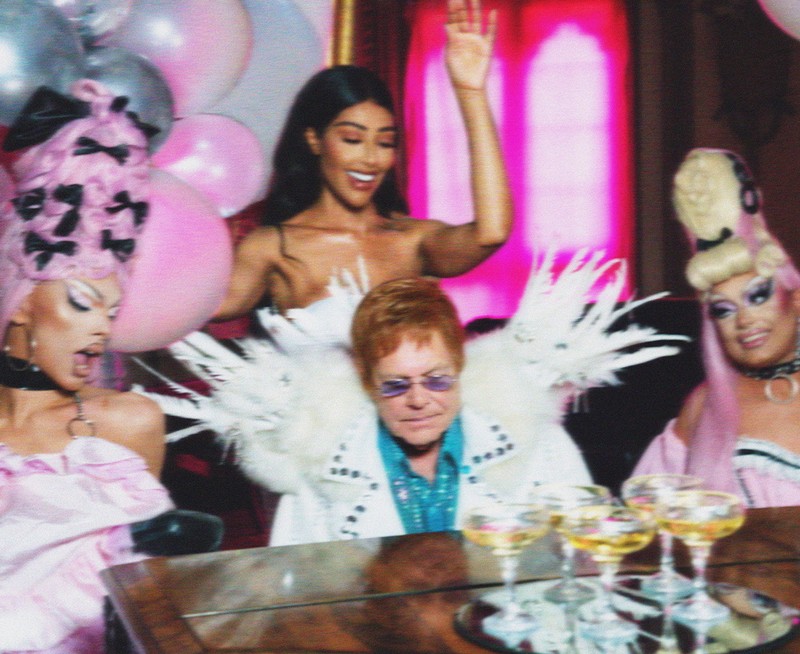
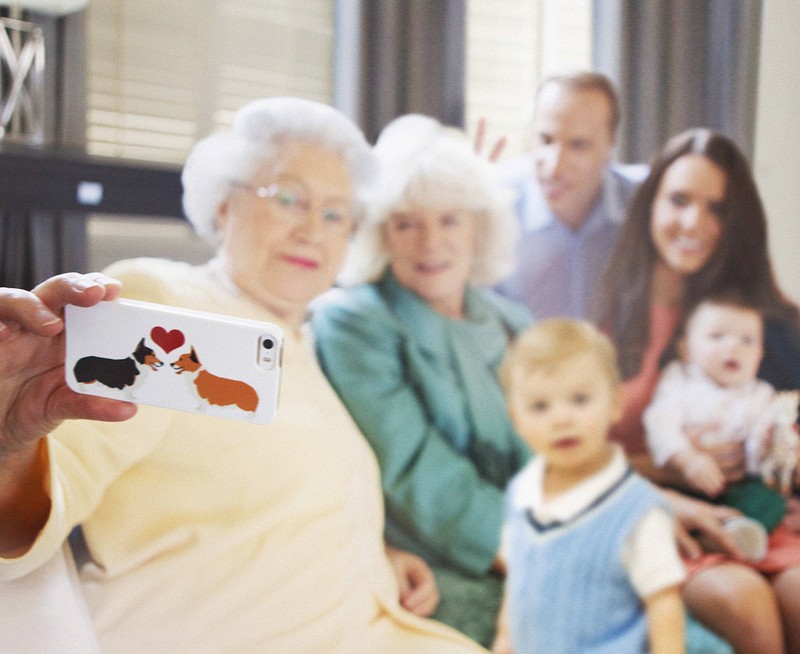
As for what comes next, I’m looking forward to going back to film. It’ll probably be around the idea of fake news and our obsession with celebrity – but hopefully in an intelligent enough way that you won’t know what it is you’re watching at first. It’s always about that double meaning. I also loved my time in the theatre doing one woman shows at venues like the Soho Theatre. Of course, it’s all been shut due to Covid, but I’m hoping to go back to the Edinburgh Fringe next year and I’m working on something that’ll hopefully open at the Birmingham rep next year: The Covid-19 Variations – it’s basically a as humorous as possible look at the last 18 months which I’m working on with [Olivier Award-winning] Richard Thomas. Plus, there’s a new show in the works – next year is going to be very busy.
Speaking of the pandemic, it’s given me so much space and time to think. That’s rare as an artist – plus, I’ve also had shows on all round the world during this period, so travelling has been quite intense. I’m totally okay on Zoom and in lockdown. I’m a homebody at heart. Also, now I’m the age I am, I feel quite liberated. It’s taught me things only get better – which is a shame, because women are only getting the attention and accolades they deserve at this stage in my life. I wish there had been more time to enjoy all of this.
Alison Jackson is currently working in collaboration with the ‘A Day in Your Life’ Photography Competition 2021. A community-minded photography competition for budding talent and aspiring photographers, the competition is open to anyone interested in photography, using a phone or camera, from any skill level and any age from nine years upwards, and anyone who takes a photograph of historic Chelsea. The photographs look to represent how best to sum up a day in your life in these extraordinary times.
Visit Alison-Jackson.co.uk and follow @AlisonJacksonArtist on Instagram.
DISCLAIMER: We endeavour to always credit the correct original source of every image we use. If you think a credit may be incorrect, please contact us at info@sheerluxe.com.

